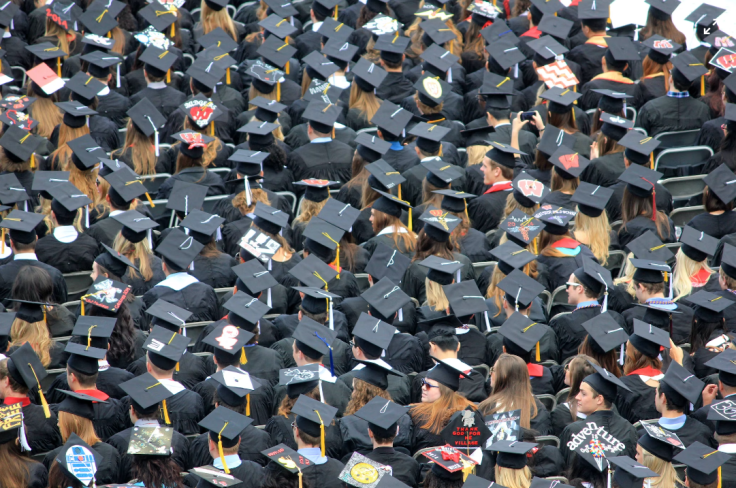In the constantly evolving realm of higher education, a recent Lumina Foundation-Gallup study has offered valuable insights into the attitudes and perceptions of currently enrolled and prospective college students. The study, conducted between October 26 and November 17, 2022, involved 6,008 U.S. adults currently enrolled in various educational programs and 6,007 U.S. adults aged 18 to 59 not currently enrolled.

A Consensus on Educational Significance
A study by Lumina Foundation - Gallup State of Higher Education indicates a prevailing belief among three-quarters of current and prospective students that a college education holds equal or greater importance today than it did two decades ago. Notably, 82% of currently enrolled students consider a college education more important, compared to 72% of those not currently enrolled. The majority of enrolled students, especially those pursuing a bachelor's degree, express a conviction that obtaining a two- or four-year degree is more crucial in the contemporary landscape.
Despite the acknowledged importance of higher education, the study unearths a disconcerting sentiment regarding its accessibility. A mere 23% of currently enrolled or prospective students believe that all or most Americans have access to quality, affordable education beyond high school. The majority, 37%, estimates that only about half of Americans have such access, while an alarming 38% of the participants express the belief that not too many Americans can avail themselves of quality, affordable education and training after high school.
A Growing Negativity Among Prospective Students
The study underscores a persistent negativity about accessibility, a sentiment that appears to have intensified among prospective students compared to the 2021 survey. This disparity in perception between the importance of higher education and its accessibility raises questions about the challenges faced by the U.S. higher education system.
One prominent factor contributing to these concerns is the financial aspect. Rising tuition rates, coupled with widespread media attention and public apprehension about the affordability of higher education, especially in four-year colleges and universities, likely play a pivotal role. This negative perception poses a significant challenge for an already beleaguered higher education system facing declining enrollments, particularly among historically underrepresented groups.
The study underscores the importance of addressing the cost and accessibility challenges associated with traditional, high-cost higher education opportunities. As the higher education landscape experiences shifts and disruptions, it becomes imperative to raise awareness about nontraditional, lower-cost, and high-quality programs. These alternative pathways can provide learners with the knowledge and skills necessary to navigate the complexities of the contemporary U.S. job market.
Breaking Down Barriers
Furthermore, addressing the negative perceptions surrounding accessibility is paramount. Initiatives to communicate the diverse array of educational opportunities available, including nontraditional programs and certifications, can help dispel the notion that higher education is an exclusive domain accessible only to a privileged few.
While the study reveals a resounding acknowledgment of the importance of higher education among current and prospective students, it also brings to light the urgent need to address concerns about accessibility. The challenge is not just to underscore the importance of higher education but to make it a tangible reality for a more significant segment of the population. Only through collaborative efforts and innovative strategies can the higher education landscape evolve to meet the needs of a dynamic and diverse student body, ensuring that the benefits of education are accessible to all.
RELATED ARTICLE: How Much Does It Cost To Study In The US?
© 2025 University Herald, All rights reserved. Do not reproduce without permission.








